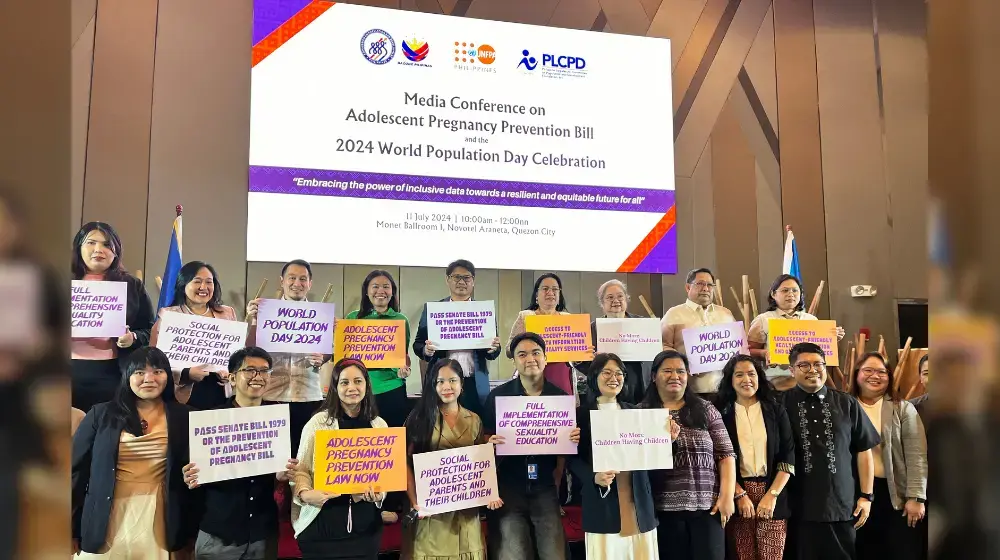The Philippines stands to benefit from its large population of young people but ensuring access to quality education and youth-friendly health services for teenage girls to prepare them as they enter the working age should be prioritized to realize the demographic dividend.
“Adolescent girls (10-19 years old) currently make up 10 per cent of the Philippines’ 100 million population. They hold enormous opportunity to transform the future of the Philippines but this can only happen if they have the right information and skills, are healthy, and empowered to make informed decisions in life,” said Klaus Beck, country representative of UNFPA, the United Nations Population Fund.
Mr. Beck emphasized the urgency of taking action as the “Demographic Sweet Spot and Dividend in the Philippines: The Window of Opportunity is Closing Fast,” a study spearheaded by the National Economic and Development Authority (NEDA) and supported by UNFPA, showed the high probability the Philippines will miss the rare opportunity of additional economic growth.
This is due to the relatively high fertility rate, or the average number of children by women, especially the poorest, and the relatively high unemployment rate, particularly among the youth population.
One particular hurdle for the Philippines is the high rate of teen pregnancies. Among 15 to 19-year-old Filipino girls, about 1 in 10 has already given birth. A new study by UNFPA also shows that in the Asia-Pacific region, adolescent fertility rates have gone down in all countries with available data except in the Philippines. Other data likewise reveals that 1 of 3 Filipino youth has engaged in early sex and 78 per cent of first sexual engagement was unprotected against the risk of pregnancy and sexually transmitted infections.
According to the demographic dividend study, which was conducted by Dr. Dennis Mapa, dean and professor at the UP School of Statistics, a “demographic dividend” can occur when a county’s working age population is larger than the population that is dependent and younger. But to maximize the dividend, countries must ensure their young working-age populations are equipped to seize opportunities for jobs and other income-earning possibilities.
The study also emphasized that full implementation of the Responsible Parenthood and Reproductive Health Law plays a critical role by helping Filipino families realize their wish for smaller families, which is needed if a demographic dividend is to be realized.
“With the right policies and investments in human capital, countries can empower young people to drive economic and social development and boost per-capita incomes,” Mr. Beck said.
Critical youth investments needed to reap a demographic dividend are those that protect rights, including reproductive rights, improve health, including sexual and reproductive health, and provide skills and knowledge to build young people’s capabilities and agency. These investments can also accelerate fertility declines, which can in turn accelerate the demographic transition.
On July 11, the world observes the World Population Day, which highlights emerging population issues. This year’s theme, “Investing in Teenage Girls,” underscores the importance of young girls’ rights to quality education, youth-friendly health care, and decent employment.





